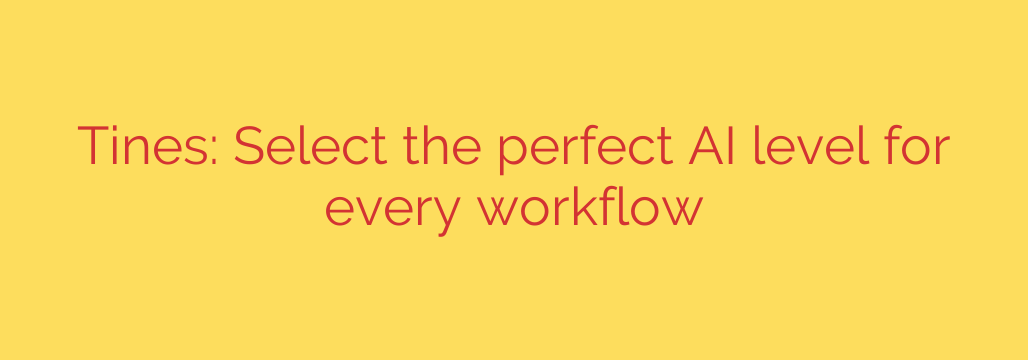
Achieving true automation excellence in today’s dynamic environment requires a nuanced approach to integrating artificial intelligence. Simply throwing advanced AI at every problem isn’t always the most effective or efficient strategy. Instead, the key lies in selecting the perfect AI level for each individual workflow task.
Not all steps in a process require the same degree of AI sophistication. A simple data extraction or classification task might be handled efficiently and cost-effectively by a focused, fast model. More complex needs, such as summarizing large texts, analyzing sentiment, or generating creative content, would necessitate a more powerful, albeit potentially slower and more expensive, AI engine.
By allowing users to tailor AI usage, platforms empower organizations to optimize their automation for maximum efficiency and impact. This flexibility means workflows can be designed to leverage the right AI for the right job. This granular control leads to significant benefits: reduced operational costs by avoiding over-specced AI where it’s not needed, faster processing times for simpler tasks, and improved accuracy by using specialized models for specific functions.
This intelligent approach to integrating AI ensures that automation is not just powerful, but also practical, scalable, and truly aligned with the unique demands of every process, from security operations to IT support and beyond. It’s about building smarter, more resilient, and more cost-effective automated systems.
Source: https://www.helpnetsecurity.com/2025/06/25/tines-agents/








